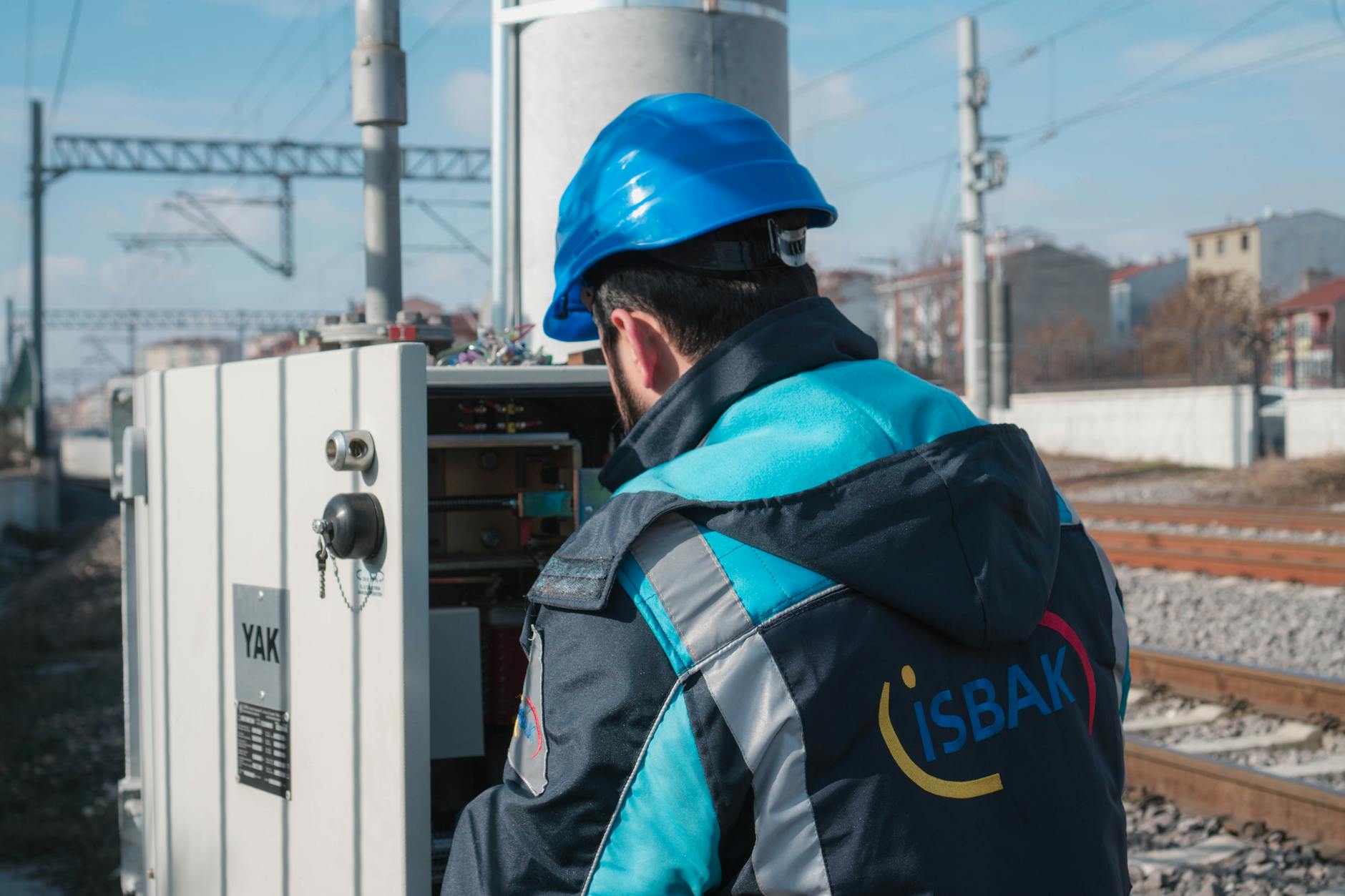
Electrical Safety Training: NFPA 70E & Arc Flash Hazards
Introduction
Electrical hazards pose some of the most severe risks in industrial and construction environments. Each year, arc flash incidents and electrical shocks cause serious injuries and fatalities. This training covers critical electrical safety practices based on NFPA 70E standards and arc flash hazard prevention to ensure worker protection.
Key focus areas:
- NFPA 70E compliance for workplace electrical safety
- Arc flash hazards and prevention methods
- Proper PPE selection for electrical work
- Safe work practices around energized equipment
Understanding these principles helps prevent electrocution, burns, and fatal accidents.
NFPA 70E Electrical Safety Standards
NFPA 70E establishes safety requirements for working on or near energized electrical equipment.
Key Safety Requirements:
- Risk Assessment
- Perform shock and arc flash risk assessments before work
- Determine approach boundaries (Limited, Restricted, Prohibited)
- De-Energize When Possible
- Follow LOTO procedures before maintenance
- Treat all circuits as live until verified de-energized
- Use Proper PPE
- Select PPE based on incident energy analysis (cal/cm²)
- Flame-resistant (FR) clothing required for arc flash zones
- Qualified Personnel Only
- Only trained electricians should work on live circuits
- Annual NFPA 70E training required
- Warning Labels
- Equipment must display arc flash hazard labels
- Labels should include incident energy and required PPE
Arc Flash Hazards & Prevention
An arc flash is a dangerous explosion caused by an electrical fault, reaching temperatures hotter than the sun’s surface.
Arc Flash Prevention Methods:
- De-Energize Equipment
- Always power down when possible
- Use remote racking systems for breakers
- Maintain Safe Working Distance
- Follow NFPA 70E approach boundaries
- Use insulated tools for live work
- Wear Appropriate PPE
- Arc-rated face shields, hoods, gloves, and clothing
- PPE categories (CAT 1-4) based on hazard analysis
- Regular Equipment Maintenance
- Loose connections increase arc flash risk
- Thermal imaging to detect hot spots
- Engineering Controls
- Current-limiting fuses
- Arc-resistant switchgear
Conclusion
Electrical safety requires strict adherence to NFPA 70E standards and proper arc flash hazard mitigation. By implementing risk assessments, maintaining safe work practices, and using appropriate PPE, workers can significantly reduce electrical injuries.
Regular training, equipment labeling, and hazard awareness are essential for preventing catastrophic incidents in electrical work environments.
Construction Safety Training: Scaffolding, Excavation, and Working at Heights
30 Critical Safety Moments to Discuss in Meetings
How To Conduct HSE Induction Training
25 Workplace Safety Topics for Meetings
FAQs
1. What are the NFPA 70E approach boundaries?
- Limited Approach Boundary – Distance where shock hazard exists
- Restricted Approach Boundary – Increased risk of shock
- Prohibited Approach Boundary – Equivalent to making contact
2. How often should electrical safety training be conducted?
NFPA 70E requires annual refresher training for qualified workers.
3. What PPE is required for an arc flash hazard?
Depends on the incident energy level, but typically includes:
- Arc-rated face shield & balaclava
- FR clothing (shirt/pants or coveralls)
- Insulated gloves & leather protectors
- Hard hat with arc-rated hood
4. What causes an arc flash?
Common causes include:
- Dust or corrosion on conductors
- Accidental contact with live parts
- Equipment failure or improper maintenance
- Tools dropped in energized equipment
5. What is the difference between arc flash and arc blast?
- Arc Flash – Intense heat and light explosion
- Arc Blast – Pressure wave that can throw workers and debris
By following these electrical safety protocols, workers can prevent life-threatening incidents and maintain compliance with safety regulations. Stay safe!
























